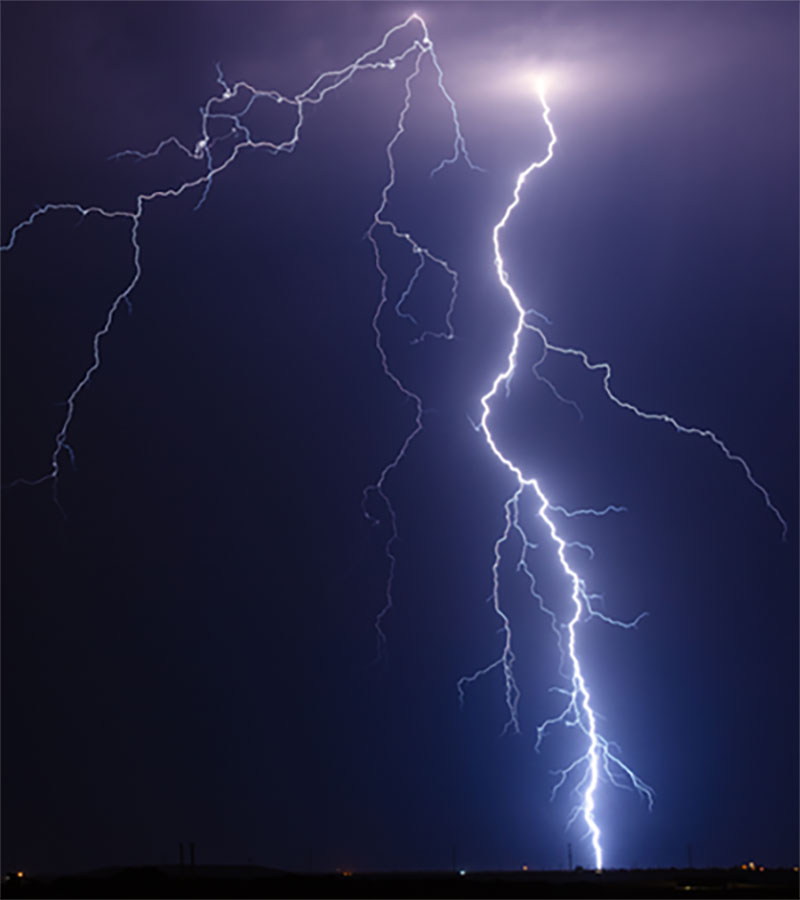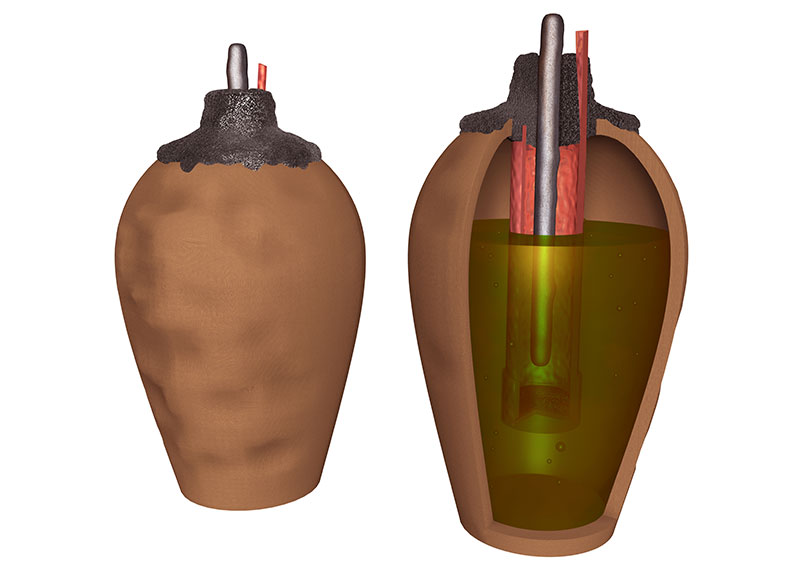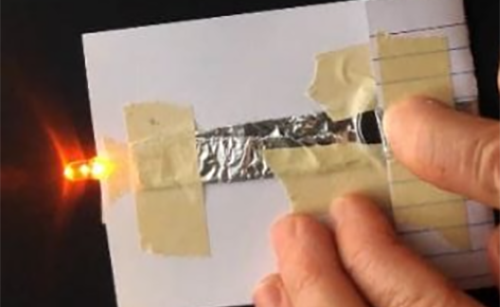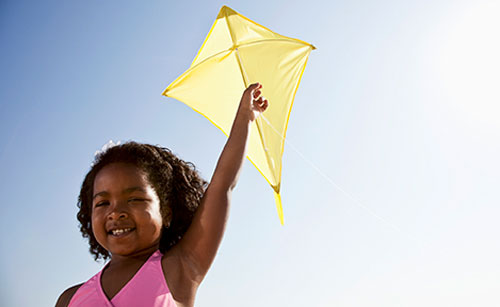The power of electricity
Electricity is an amazing, invisible energy that powers just about everything! Let’s see how it’s made, how it moves, how we can use less, and – most importantly – how we can be safe around this powerful but dangerous force.
Created from charged particles on the move, electricity either flows from one spot to another or builds up in one place. It can be made in different ways: burning fossil fuels, using the power of water, or capturing energy from the sun and wind!
Electricity is delivered to homes and businesses using wires and cables, and it can also be stored in batteries.
Electricity has always existed, but people didn’t know how to use it until the 1800s. Over the years, scientists learned more and more about the different ways it can power our lives. Transportation, heating, lighting and all the appliances and electronics we use every day – electricity is a big part of our lives!
Ancient electricity!
Archeologists found clay pots from over 2,000 years ago that some think were used as a primitive batteries because they contained copper plates, tin, and iron—all essential elements to storing electricity.
Just like modern batteries, an acid was needed and they may have used vinegar. It’s also believed that ancient Greeks discovered static electricity around 600 BC when they realized that rubbing fur on amber caused an attraction.

Electricity can be generated in many ways and has to travel a great distance to get from its source to provide power to area homes and businesses. Check out our interactive Power Distribution Map to see its path of travel and to learn interesting facts along the way!
Electricity in the Pacific Northwest
In the Pacific Northwest, most electricity comes from water. The water starts high up in the mountains as deep snow that collects in the fall and winter. In the case of the Columbia River, it starts in the mountains of Canada.
As the snow melts, it flows into rivers and those smaller rivers flow into the mighty Columbia River. The electricity made from water at dams like Bonneville is called hydropower.
The mix of power sources in Clark County
Energy generation
How is energy made? Let’s start at the beginning with atoms and learn what energy is. From there, we’ll examine different sources of energy, both renewable and nonrenewable, and then take a look at different types of power plants and how they work.
Energy distribution
Once energy is made, how does it travel from a power plant to homes, schools, and businesses? Electricity is delivered to all the places that use it thanks to a complex system of power lines, substations, and transformers. Let’s follow the path that electricity takes from power plant all the way to your light switch!
Energy conservation
We’ve all been told not to waste energy … but what does that really mean and why is it important? Learn more about why energy conservation is important and how we can help save energy!
Energy safety
Electricity is incredible but it can be dangerous, especially if we don’t take proper precautions. Learn how electricity can harm the body, how to stay safe around it, and what to do if you encounter a downed power line.
Energy detective
Help Clark find energy waste in your home. Not only can you reduce your impact on the environment but you can save money! Check out our tips and learn how you can be an energy detective.









